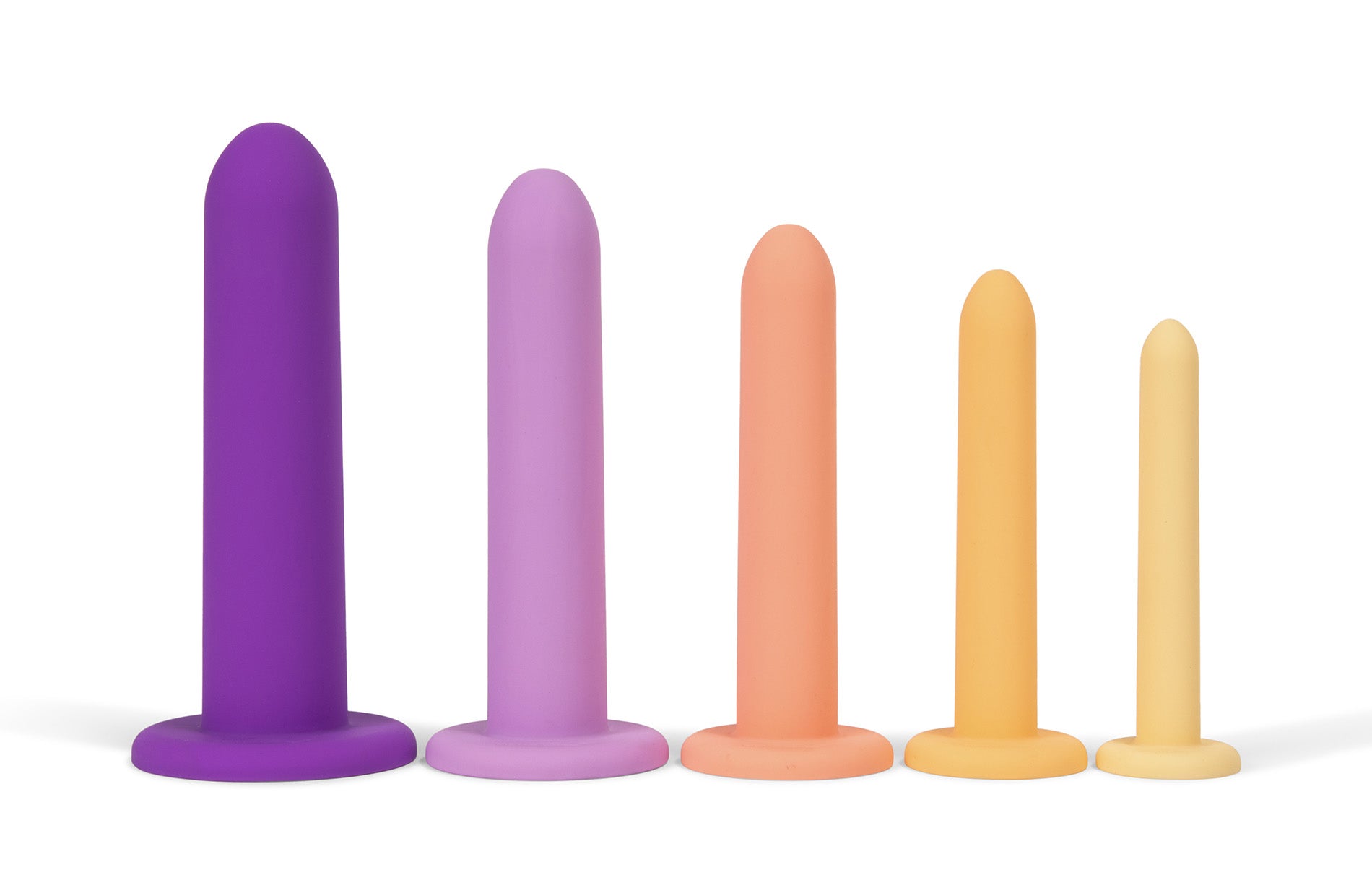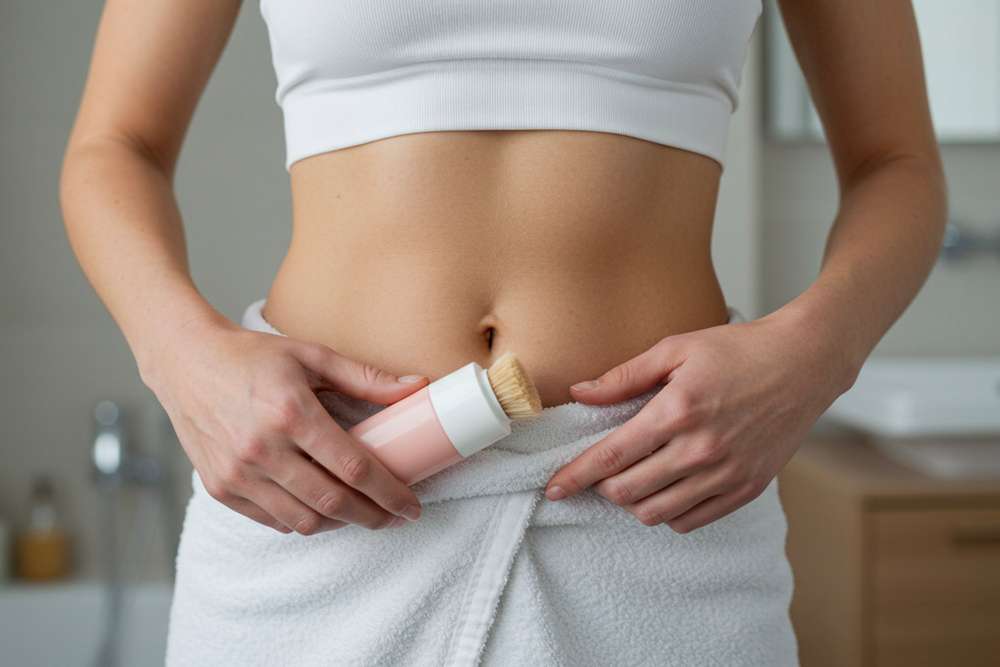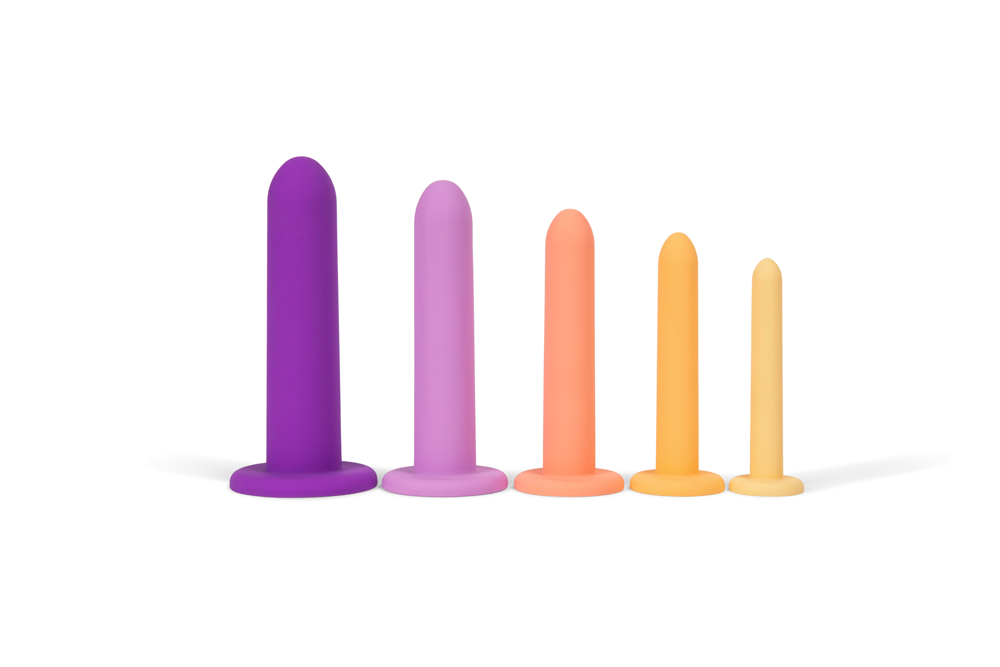Vaginal dilators are an essential tool for maintaining pelvic health, but proper cleaning is necessary to keep them safe for use. Learning to clean dilators correctly helps prevent bacteria buildup and extends their lifespan. When using a standard set or a specialized product like a pelvic wand or vibrating pelvic wand, hygiene should always be a priority.
Why Cleaning Vaginal Dilators is Important
While the phrase “your vagina is like a self-cleaning oven,” has some truth behind it, individuals that experience pelvic pain or those likely to use these types of tools, may be at a higher risk for developing infections compared to their peers. Compromised tissue due to hormonal changes from birth control, breast feeding, or menopause or those with compromised immune systems require a bit more care and attention to this sensitive region. Regular cleaning prevents bacteria, yeast, and other harmful microorganisms from accumulating on the surface of the dilator. A clean device reduces the risk of irritation, infections, and other complications that could interfere with pelvic health. Using a “dirty” dilator, even after a short period, may introduce unwanted bacteria into the body.
Hygiene also plays a role in maintaining the material integrity of vaginal dilators. Medical-grade silicone, used in high-quality dilators, is non-porous, but improper cleaning can still lead to residue buildup. This may degrade the surface over time, making it less comfortable and ineffective.
Beyond personal safety, proper maintenance extends the life of the product. Dilators that are cleaned thoroughly after each use are more durable and retain their smooth, body-safe texture. This makes them more comfortable for consistent use, which is especially important for those incorporating them into a long-term pelvic health routine.
How to Clean Dilators after Each Use
Cleaning vaginal dilators immediately after use helps remove any bodily fluids, lubricants, or bacteria that may have accumulated. The best approach is to wash them with warm water and a mild, fragrance-free soap. This helps break down any residue without exposing the material to harsh chemicals that could cause irritation.
Rinsing thoroughly is just as important as washing. Any soap left behind on the dilator’s surface may cause discomfort or irritation during subsequent use. Running water over the entire surface, ensuring all areas are clean, helps maintain a safe and hygienic experience.
After washing and rinsing, drying the dilator properly is necessary before storing it. A clean, lint-free towel or air drying in a clean space helps prevent contamination. Storing a damp dilator may lead to bacterial growth, which defeats the purpose of cleaning in the first place.
What to Avoid When Cleaning Vaginal Dilators
Certain cleaning products can damage vaginal dilators, making them unsafe for continued use. Harsh chemicals, alcohol-based solutions, and scented soaps can break down the silicone material and cause irritation. Using only mild, unscented soap and warm water ensures that the integrity of the dilator remains intact.
Dishwashers or boiling water are sometimes suggested for sterilization, but not all dilators are designed to withstand extreme heat. High temperatures may alter the shape or surface texture, making the product less effective. Checking the manufacturer’s guidelines before using heat-based cleaning helps prevent accidental damage.
Leaving dilators exposed to dust or other contaminants after cleaning is another mistake to avoid. Proper storage in a clean, dry case or pouch reduces the risk of bacteria transferring back onto the surface. Keeping the product in a dedicated storage space makes it hygienic for future use.
Additionally, using a good lubricant that matches the body’s pH and osmolality is another important factor when using these tools. The National Institute of Health has a list of commercially available products here; aiming for a lubricant with a pH of 3.5-4.5 and an osmolality between 380-1200 mOsm/kg are the current recommendations.
How Often Should Vaginal Dilators Be Cleaned?
Cleaning dilators after every use is necessary to maintain hygiene and prevent bacteria buildup. Even if they appear clean, unseen residues or microscopic bacteria may still exist. A thorough wash makes sure they remain safe for continued use.
In addition to routine cleaning, a deep cleaning process can be done periodically. This may involve soaking the dilator in warm, soapy water for a few extra minutes to remove lingering residues. A more detailed cleaning routine can be helpful for those using dilators frequently or with lubricants that leave behind a thicker coating.
For individuals using multiple dilators in a set, each one should be cleaned separately. Storing uncleaned dilators together can lead to cross-contamination. Washing and drying each dilator before storing them properly keeps them in the best condition.
Storing Vaginal Dilators Safely
Storage plays a role in maintaining the cleanliness of vaginal dilators. After drying completely, placing them in a clean, breathable storage bag or case keeps them free from dust and bacteria. Some brands have storage pouches specifically designed for their dilators, which makes organizing them more manageable.
Keeping dilators away from direct sunlight or heat exposure helps preserve their material. Silicone can withstand various conditions, but prolonged exposure to extreme temperatures may affect its durability. A cool, dry storage area keeps the product in the best shape for long-term use.
Avoid storing dilators near other silicone-based products or materials that may cause unwanted reactions. Some types of silicone may stick together, compromising their smooth surface. Keeping each dilator separate in its designated storage space helps maintain its quality.
Can Vaginal Dilators Be Shared?
Vaginal dilators should never be shared between individuals, even with proper cleaning. They are personal-use items, and sharing increases the risk of bacterial or viral transmission. Even if sterilized, the possibility of microscopic residue remaining on the surface makes sharing unsafe.
Each person’s body has its natural balance of bacteria, and introducing someone else’s bacteria may cause irritation or infections. Using a personal set means that the dilator remains safe for repeated use. For those requiring multiple sizes, purchasing a complete set prevents switching between different products.
If a dilator is damaged or worn out, replacing it with a new one is the best option. Scratches or surface imperfections may create areas where bacteria can accumulate, making thorough cleaning less effective. Regularly assessing the condition of a dilator guarantees continued safe and hygienic use.
Keeping Vaginal Dilators Clean for Long-Term Use
Maintaining proper cleaning habits keeps vaginal dilators safe and effective for long-term use. They remain in the best possible condition by washing them immediately after each session, using mild soap, and drying them thoroughly. Regular cleaning routines also help extend the product's life, making it a reliable tool for pelvic health.
For those looking for high-quality, easy-to-clean options, NewFlora’s 5-piece dilators offer a comfortable and body-safe design. Made from ultra-soft medical-grade silicone, they are designed for convenience and durability. Maintaining pelvic health starts with the right products and proper care habits.





